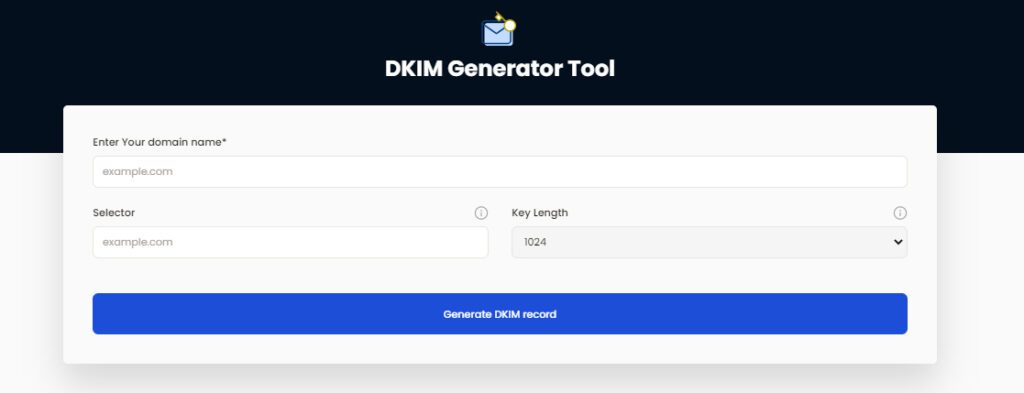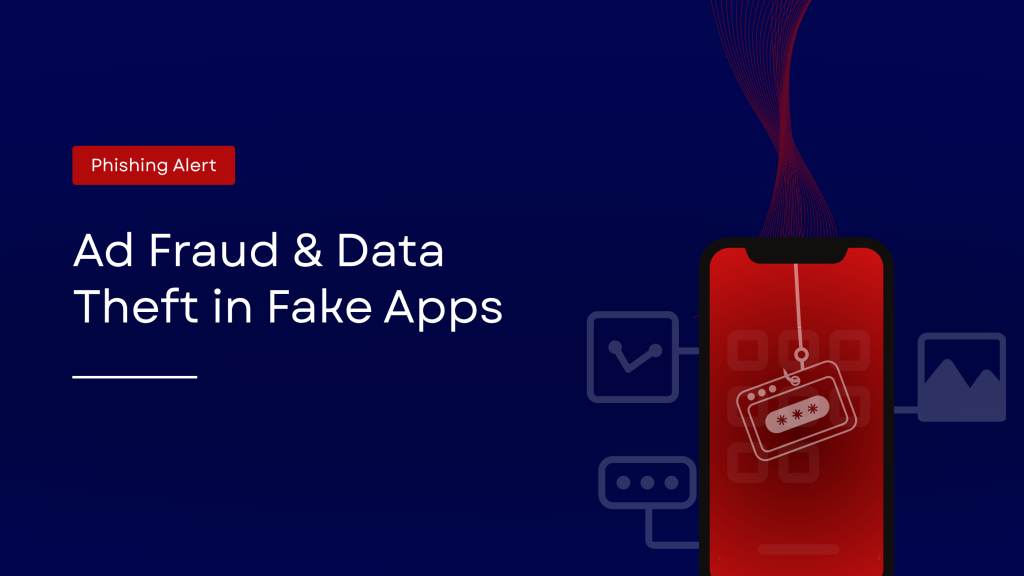How to Fix DKIM Failure, if Dkim Fails

The DKIM protocol’s identifier alignment failure or issues with your record setup could be the cause of DKIM failure for messages from your domain. In this article, we will focus more on why DKIM fails and how Skysnag will assist you in fixing this when it happens. Let’s look at some definitions first for a better understanding of how to fix this problem.
What is DKIM?
DomainKeys Identified Mail (DKIM) is an email authentication standard that enables recipients to confirm that an email message was sent by the domain owner and was not altered in transit. DKIM employs public-key encryption and cryptographic signatures to confirm that the specified domain sent an email message and that it has not been tampered with in any way.
DKIM is intended to work with existing email infrastructure and can be used by any organization, large or small. The Internet Engineering Task Force publishes DKIM as an open standard (IETF).
Why do you need to set up DKIM?
Fake emails can be used to carry out impersonation attacks ranging from phishing to domain spoofing, as well as malware infections. To authenticate email senders, businesses must set up a screening system. By doing this, they safeguard not just their own reputation but also the safety of millions of people against email scams.
DKIM is one such email verification technique that employs a private key to sign email information that is compared to the sender’s DNS public key. Emails that have been digitally authenticated with a DKIM signature are highly resistant to being altered by an imposter.
Can DKIM work without SPF?
Yes, DKIM can work without SPF, but it is not recommended. SPF helps to prevent email spoofing, which is when someone pretends to be someone else by sending emails from a fake email address. DKIM helps to prevent email forgery, which is when someone alters the content of an email after it has been sent.
Some of the advantages of DKIM over SPF include:
What is the advantage of using DKIM over SPF? There are a few advantages of using DKIM over SPF. DKIM uses public-key cryptography to sign messages, which makes it more difficult for attackers to forge messages. SPF uses a simple text-based system, which makes it easier for attackers to spoof messages. DKIM also offers a more robust system for handling message forwarding, which can help prevent messages from being marked as spam.
What happens when DKIM fails?
When DKIM fails, it means that the message has been tampered with in some way and is no longer considered to be trustworthy. This can happen if the message is intercepted and modified by a third party, or if the message is modified by the recipient’s mail server. Let’s now look at why DKIM fails.
Why Does DKIM Fail?
Failure to configure DNS settings correctly
By including a signature that is cryptographically linked to the domain name from which the email was received, DKIM allows you to confirm the sender’s identity. However, if the DNS records are not properly configured, DKIM may not work. A distinct DKIM-Signature record must be present in the DNS record for the sender domain in order for DKIM to function.
Modified message
When an attacker modifies the content of a message or adds or removes headers, a DKIM failure may occur. The attacker can successfully fake the sender’s identity if they can obtain the message to get past the verification process. To avoid this, it is crucial to employ a robust DKIM signature and thoroughly review the message for any changes.
DKIM records syntax error
If you attempt to manually put up a DKIM record for your domain you risk implementing it incorrectly. Syntax errors in your DNS entries can cause authentication to fail, and DKIM fails in this instance. To avoid this error use our Free DKIM Record Generator tool.

Failure of the DKIM identifier alignment
The domain value in the “d=” field on the DKIM signature in the email header has to match the domain identified in the from address during DKIM verification. If the domain in the DKIM signature header does not match the domain in the From header, a DKIM fail may result, which is often the result of a domain spoofing or impersonation attempt.
How to Fix DKIM from failing with Skysnag.
The best way to stop DKIM failures for your messages may vary depending on the cause of the failures. However, here is how Skysnag can help fix DKIM failures:
- Use our free DKIM record checker tool to confirm that your DKIM record is configured properly and that your domain’s DKIM selector is pointing to the correct DKIM key.
- Ensure that you have configured DKIM signing for your domain in the service’s settings, if you are using a third-party email service, such as Gmail.
- If you are sending messages from your own email server, Skysnag ensures that your server is configured to sign outgoing messages with DKIM.
Conclusion
Maintaining your email deliverability, or your ability to reach subscribers’ inboxes, requires using email authentication techniques like DKIM. With that being said, avoid DKIM failure with Skysnag’s automated software which allows you to confirm the validity of emails. Sign up using this link and let Skysnag’s automated software handle everything.
Subscribe to our newsletter
Related Resources

The Louvre Theft Was Physical. The Failure Was Digital.

Small Businesses in Australia Face $84 Million in Cyber Losses: What Went Wrong?

From Scam to Security: When Cybercriminals Disguise Threats as Helpers




